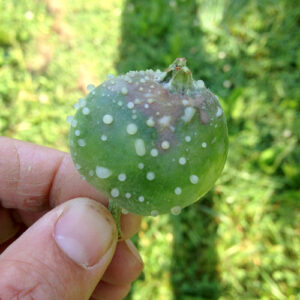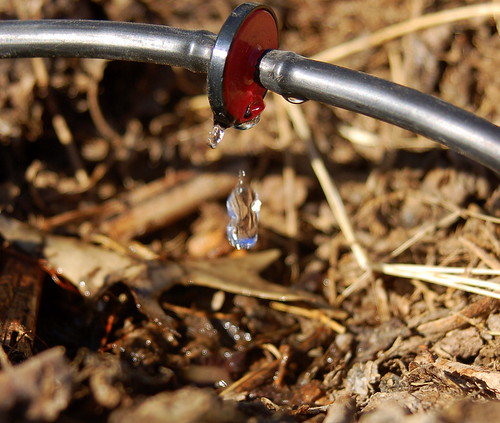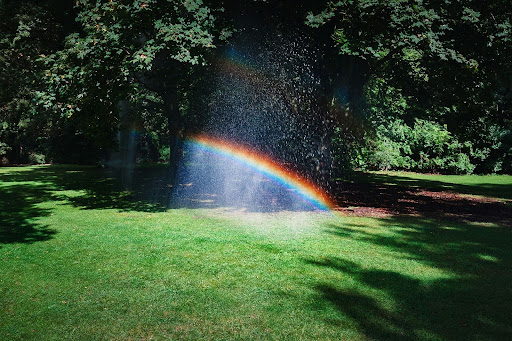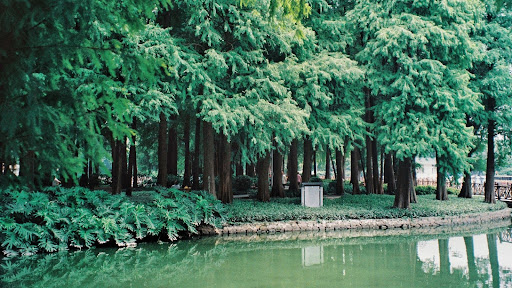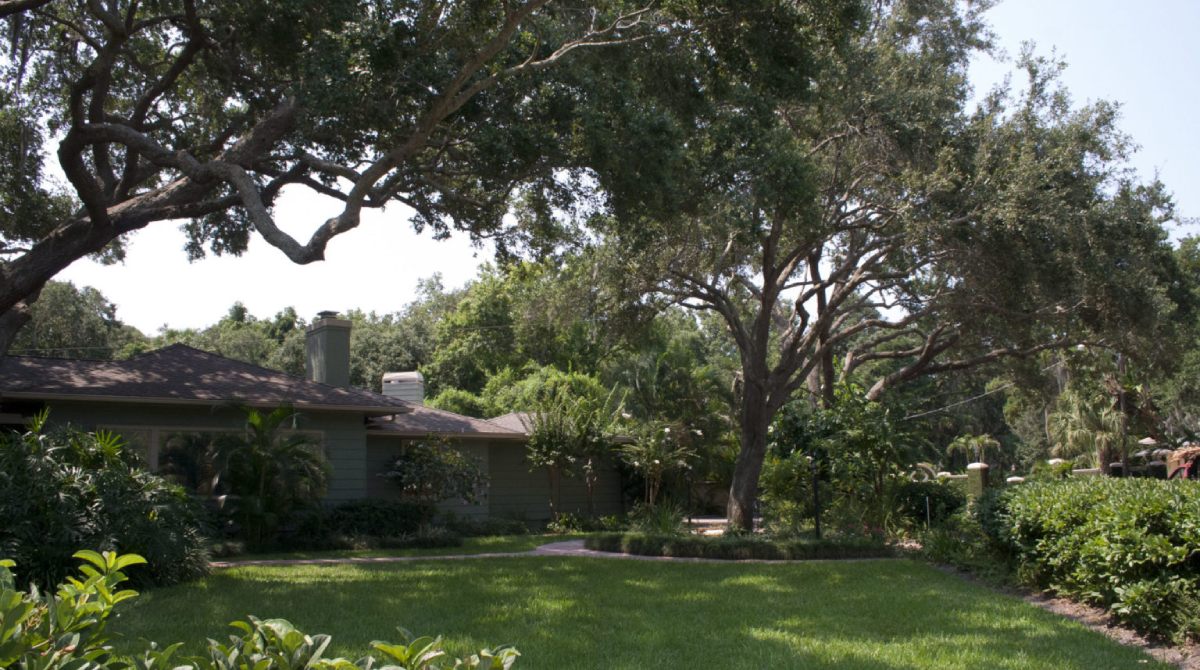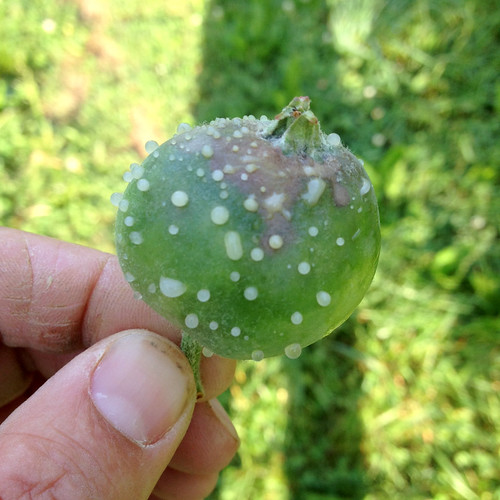
What Is Fire Blight? (And How To Manage It)
Date March 10, 2023
Fire blight can cause severe and widespread damage to trees that can ultimately result in tree death. However, early identification and treatment can restore tree health and prevent fire blight from spreading further. In this blog post, we’ll explain what fire blight is, share the signs and life cycle of the disease, and detail the fire blight management process.
What Is Fire Blight?
Fire blight is an infectious tree disease caused by the bacterium Erwinia amylovora. It’s highly destructive and spreads quickly to surrounding trees, where it creates cankers, or areas of dead tissue. Fire blight commonly affects pome fruit trees, such as apple and pear, as their open flowers provide access for the bacteria to enter the tree. After infecting a tree, fire blight causes vascular wilt. One study explains that this condition occurs when a pathogen enters the xylem vessels, or water pathways, of the plant and blocks the water and nutrients from passing through them.
Signs of Fire Blight
Vascular wilt makes it easy to spot fire blight, as it leads to visible signs that are similar across all affected tree species. The Texas A&M AgriLife Extension describes the signs of fire blight on an ornamental pear tree. They include:
- Water-soaked flowers.
- Brown leaves with black blotches.
- Curled and shriveled leaves.
- Wilted twigs that curve and curl downward.
- Dark cankers on branches.
The Fire Blight Life Cycle
Image via Flickr by scotnelson
Fire blight has a distinctive life cycle that begins when the bacteria overwinter in the cankers and branches of affected trees. In the spring, the bacteria ooze from twigs and fruits, which attracts insects. The insects carry the bacteria from tree to tree, leading to its spread.
Although it often enters the tree through its flowers, fire blight also attacks the fruits, leaves, roots, and branches through minor injuries on their surfaces, such as those caused by insects or wind. The bacteria move in long, narrow paths outward from the dark cankers they form and into the healthy wood of the tree. Young trees that grow quickly are more vulnerable to fire blight, while slower-growing mature trees are more resistant to damage.
How To Manage Fire Blight
Fire blight disease management starts with identification, as looking for signs as early as possible can minimize damage. While there is no cure for fire blight, managing it over several years may restore the tree’s health. The fire blight management process includes:
- Pruning diseased branches approximately 12 inches below the canker in the dormant winter months.
- Reducing the rapid tissue growth of trees by avoiding growth promotion techniques like fertilizing.
- Applying a fungicide to new blooms to reduce the risk of further infection.
Our Team of Certified Arborists Is Here To Help
If you’ve noticed signs of fire blight on your trees, it’s important to act as quickly as possible. At TreeNewal, we understand the urgency of this situation and will schedule a timely appointment with you to evaluate your trees and discuss your options. Contact our Dallas-Fort Worth team today at 817-309-3263 to get started.
